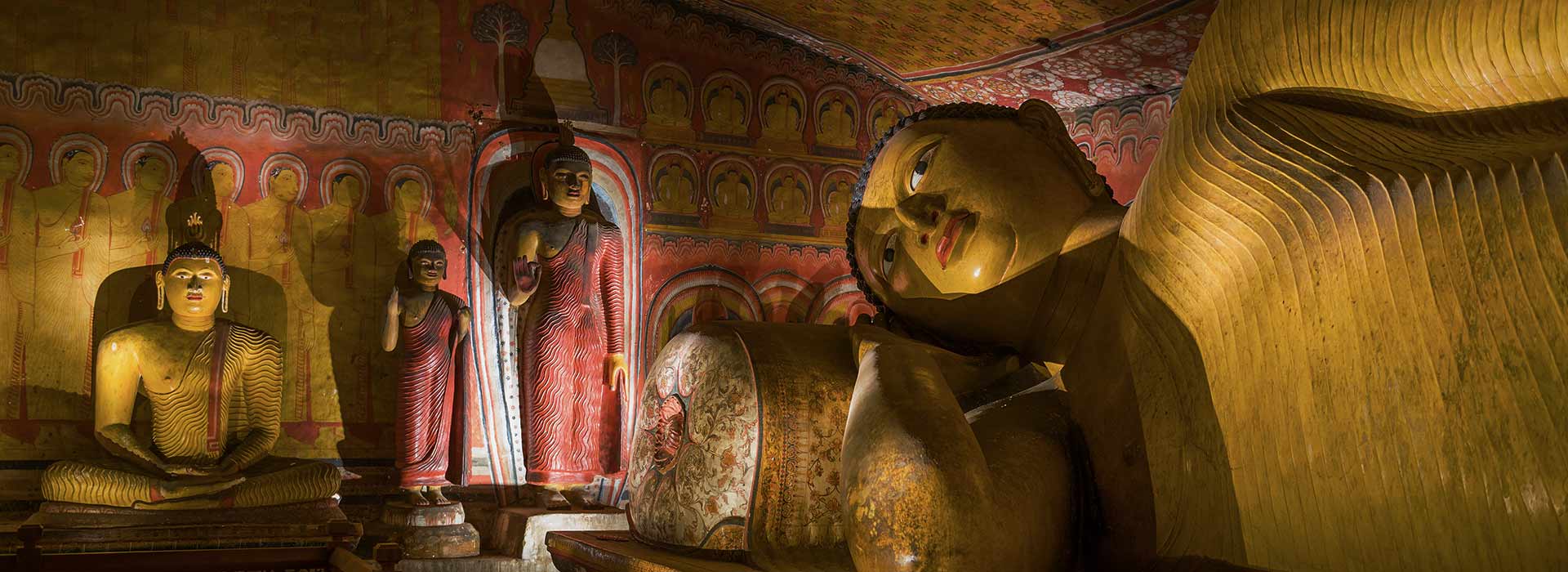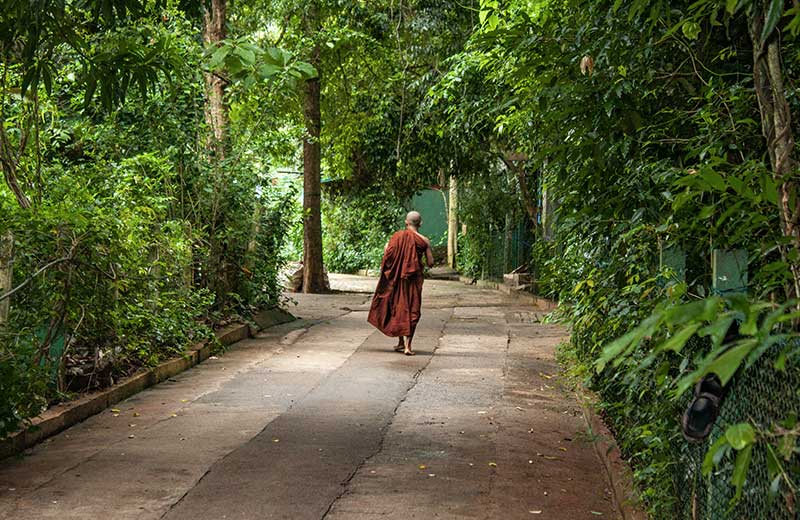Rangiri Dambulla Cave Temples
A UNESCO World Heritage Site, the Rangiri Dambulla Cave Temples (sometimes known as the Golden Temple), is a kaleidoscope of artistry and is steeped in illustrious history.
The Cave Temple Origins
The temple has its origins that go all the way to the 1st century BC, to the reign of King Walagamba, right after he drove out the Dravidian invaders of India. There are five notable caves that possess unique features that all stem from different periods in time. As a result, these caves serve to be a prime example of how Dambulla was at the crossroads of almost every major kingdom in the country.
Subsequent Additions and Religious Significance
What makes this site all the more enticing for the traveller to visit is the fact that the caves are not only a vestige in which the religion of Buddhism was practiced, but also a place in which the kings would showcase their contributions to the development of the culture of the country. The Maha Raja Viharaya is a prime example of this, as this particular cave is a reminder of King Walagamba’s triumph over the Indian invaders. However, the caves such as the Paschima Viharaya, Maha Alut Viharaya, Deva Raja Viharaya, and the Devana Alut Viharaya are examples of typical Buddhist artistry.



